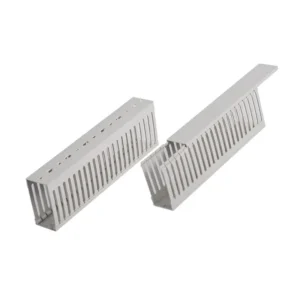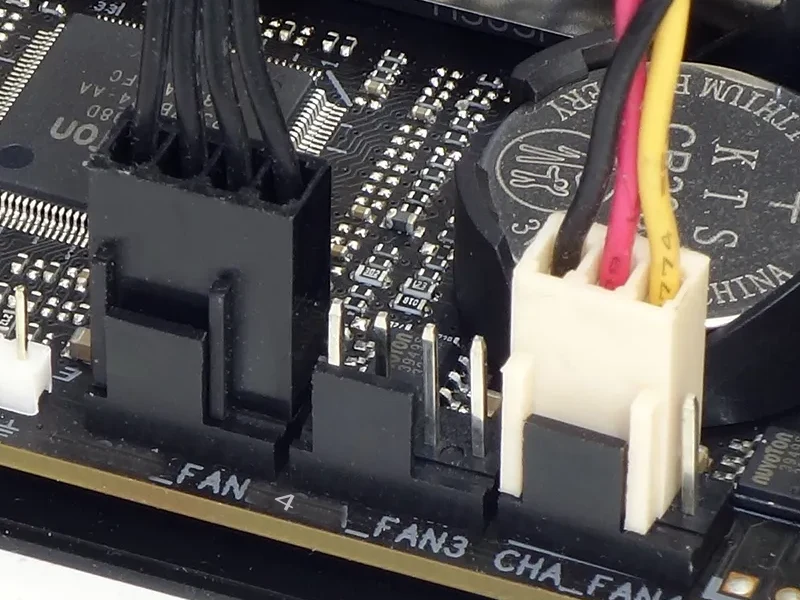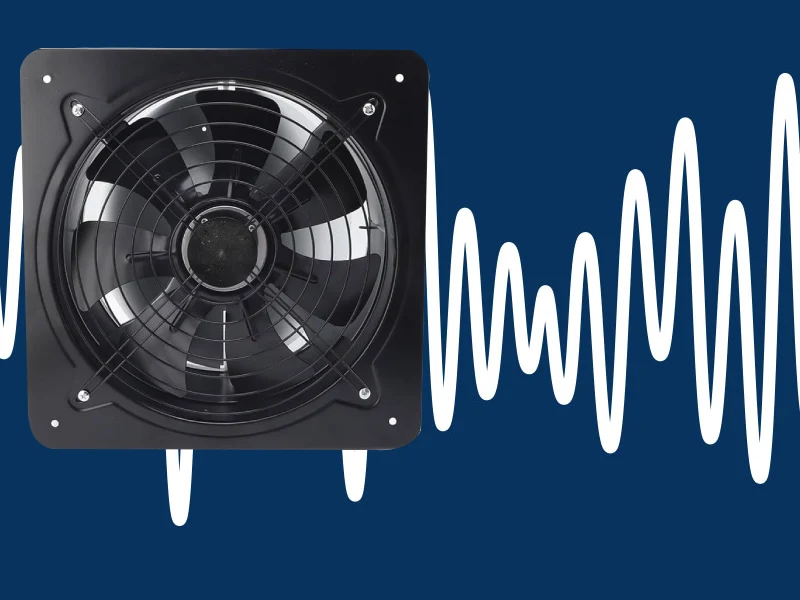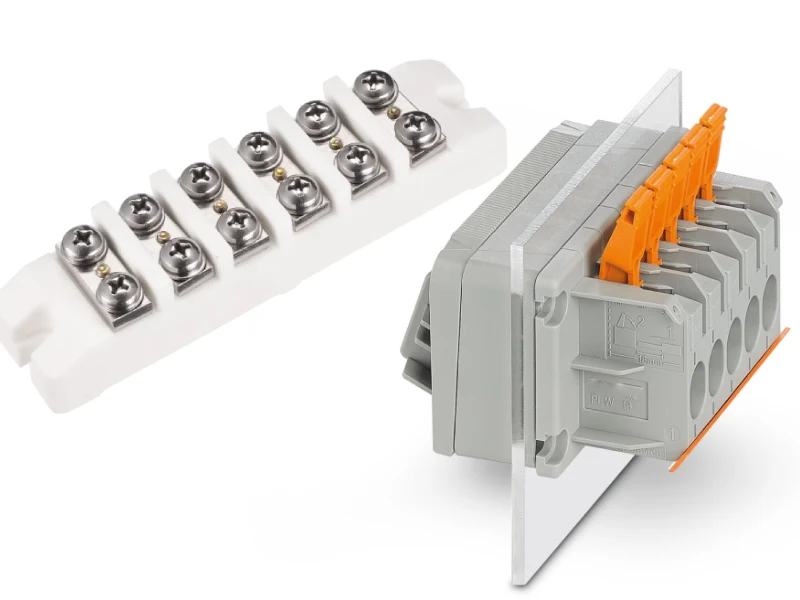In the world of server racks and data centers, efficient cable management is far more than just tidiness; it’s a fundamental pillar of operational excellence. A well-organized cabling infrastructure directly impacts performance, cooling efficiency, and the overall reliability of your critical IT systems. Ignoring it can lead to frustrating downtime and costly troubleshooting.
This guide will unveil essential cable management ideas and practical tips specifically tailored for server racks and data centers. From optimizing airflow to simplifying future upgrades, mastering these techniques will transform your network environment from a chaotic mess into a streamlined, high-performing asset.
What is Cable Management?
Recommended Cable Management
Cable management is the systematic organization and routing of electrical or optical cables within a system or structure. Its purpose is to improve aesthetics, enhance safety, prevent damage, optimize airflow for cooling, simplify maintenance and troubleshooting, and ensure the long-term reliability and performance of interconnected equipment.
Why Cable Management Matters?
Effective cable management is crucial for any organized system, from a small desk setup to a large data center, offering significant benefits beyond just a tidy appearance. It directly impacts performance, safety, and long-term cost efficiency.
Here’s why cable management matters:
- Improved Airflow and Cooling: Proper routing prevents tangled cables from obstructing ventilation, ensuring optimal airflow and preventing equipment from overheating, thus extending hardware lifespan.
- Enhanced Performance and Reliability: Organized cables reduce electromagnetic interference (EMI) and signal degradation, leading to more stable connections and fewer errors.
- Simplified Maintenance and Troubleshooting: Clearly routed and labeled cables make it significantly faster and easier to identify issues, perform upgrades, or make changes, minimizing downtime.
- Increased Safety: Eliminates tripping hazards and reduces the risk of accidental disconnections or electrical shorts, creating a safer working or living environment.
- Aesthetics and Professionalism: A neat and organized cabling system presents a professional appearance, reflecting well on the overall quality of the installation.
- Cost Savings: By preventing equipment damage, reducing troubleshooting time, and simplifying future modifications, effective cable management leads to substantial long-term savings.
10 Cable Management Ideas
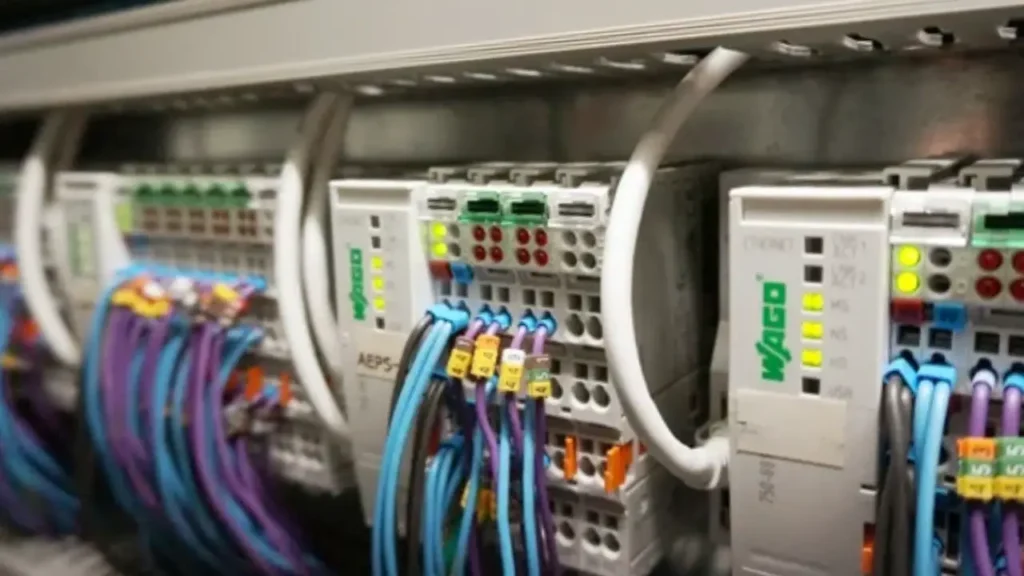
Implementing smart cable management ideas is fundamental to creating an organized, efficient, and safe environment, whether for a home office, a professional workspace, or a complex data center. These strategies go beyond mere aesthetics, contributing significantly to system reliability and ease of maintenance.
Use Cable Ties or Velcro Straps
Cable ties and Velcro straps are essential for bundling groups of cables together, preventing tangles and creating a much neater appearance. While plastic zip ties offer a very secure hold for permanent installations, it’s generally recommended to use reusable Velcro straps, especially for connections that might need to be changed frequently, as they are easier to adjust without damaging cables.
Velcro straps also allow for easier additions or removals of individual cables from a bundle without cutting and replacing the entire tie. This flexibility is invaluable in dynamic environments, reducing both the time and effort required for modifications and minimizing waste.
Label Your Cables
Proper labeling is arguably one of the most critical, yet often overlooked, cable management ideas. Clearly labeling both ends of every cable with its source and destination saves immense time and frustration when troubleshooting, performing upgrades, or simply identifying a specific connection.
Investing in a good label maker and durable, legible labels that won’t fade or peel off is highly recommended. Consistent and accurate labeling transforms a chaotic mess into an easily navigable system, empowering quick problem identification and efficient maintenance.
Separate Power and Data Cables
To prevent electromagnetic interference (EMI) and ensure signal integrity, it’s crucial to physically separate power cables from data cables whenever possible. Power cables can emit electromagnetic noise that interferes with sensitive data signals, leading to performance degradation or errors.
Routing these cable types through different pathways, separate cable trays, or even on opposite sides of a rack can significantly mitigate interference. This segregation is a fundamental principle in maintaining a stable and reliable network or electrical system.
Utilize Cable Sleeves or Conduits
Cable sleeves, wraps, or conduits are excellent for enclosing multiple cables into a single, clean bundle. This not only enhances aesthetics by hiding unsightly wires but also provides an extra layer of physical protection against damage, dust, and general wear and tear, especially in exposed areas.
They come in various materials, including flexible neoprene, braided nylon, or rigid plastic, allowing you to choose the best option based on the environment and the level of protection required. This method creates a streamlined look and simplifies cleaning around your setup.
Employ Horizontal and Vertical Cable Managers
In server racks and data centers, dedicated horizontal and vertical cable managers are indispensable. Horizontal managers are typically panels mounted between rack units, providing pathways for patch cables across the front or back of equipment, while vertical managers run the full height of the rack, organizing large cable bundles that span multiple devices.
These specialized tools prevent cable sag, maintain proper bend radius, and ensure optimal airflow by keeping cables out of the way of cooling vents. They are foundational elements for building a highly organized, efficient, and scalable server or network environment.
Use Cable Trays or Raceways
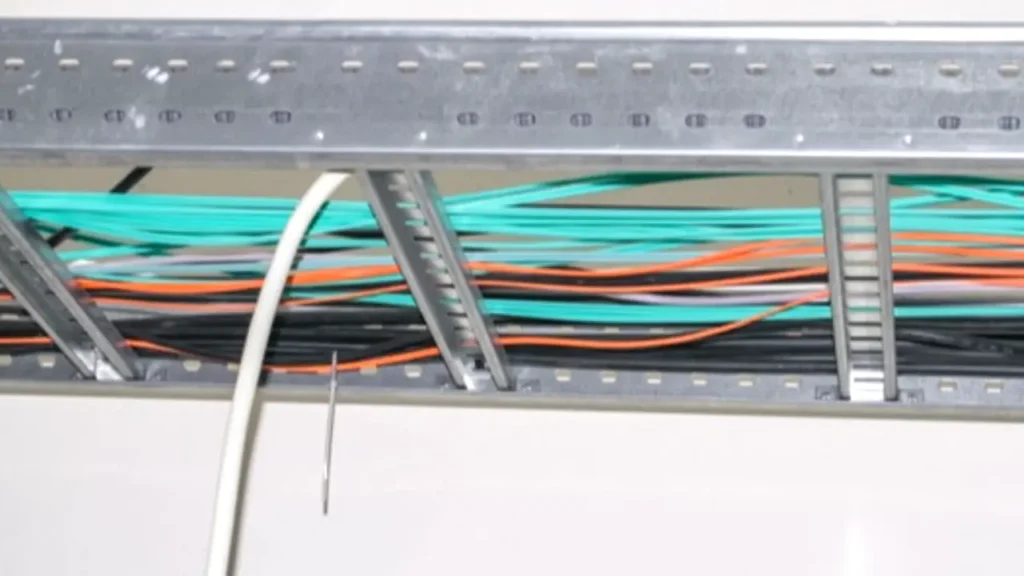
For longer cable runs along walls, ceilings, or under floors, cable trays and raceways provide structured pathways. They offer superior protection, support large volumes of cables, and simplify future additions or modifications without having to run new conduits.
Raceways are often enclosed, providing a very clean look and added protection, while open mesh or ladder trays offer excellent ventilation and easy access for maintenance. Choosing the right type depends on the environment and the volume of cables.
Implement Proper Bend Radius Management
Maintaining the proper bend radius for all cables, particularly fiber optic and high-speed copper cables, is critical for performance and longevity. Bending cables too tightly can cause signal loss, increased attenuation, or even permanent damage to the internal conductors or optical fibers.
Utilize bend radius clips, spools, or integrated features within cable managers to ensure cables follow gentle curves. This attention to detail prevents costly performance degradation and extends the lifespan of your valuable cabling infrastructure.
Declutter and Remove Unused Cables
Regularly review your setup and remove any unused or redundant cables. Every extra cable contributes to clutter, impedes airflow, and makes troubleshooting more difficult. A periodic “spring cleaning” of your cabling can significantly improve overall organization and efficiency.
This practice not only frees up space but also reduces potential sources of electromagnetic interference and lessens the fire load. Keeping only necessary cables in place is a simple yet highly effective cable management idea.
Invest in Quality Cables and Accessories
While it might seem tempting to save money on cheaper cables and accessories, investing in high-quality products from reputable manufacturers pays off in the long run. Durable cables are less prone to damage, and well-designed management accessories provide better support and organization.
High-quality cables offer better shielding and performance, while robust accessories ensure your cable management solutions remain effective over time. For wholesale network cable management from a reliable source in Qingdao, Shandong, China, consider Linkwell Electrics.
Document Your Cable Infrastructure
Finally, thoroughly document your entire cable infrastructure. This includes detailed diagrams of cable pathways, port assignments on patch panels and switches, and a comprehensive labeling scheme. Good documentation is an invaluable asset for any IT professional.
This ensures that anyone, even a new team member, can quickly understand the network layout, perform maintenance, or troubleshoot issues efficiently without guesswork. It’s the ultimate tool for maintaining long-term order in complex cabling environments.
Industrial Cable Management Ideas
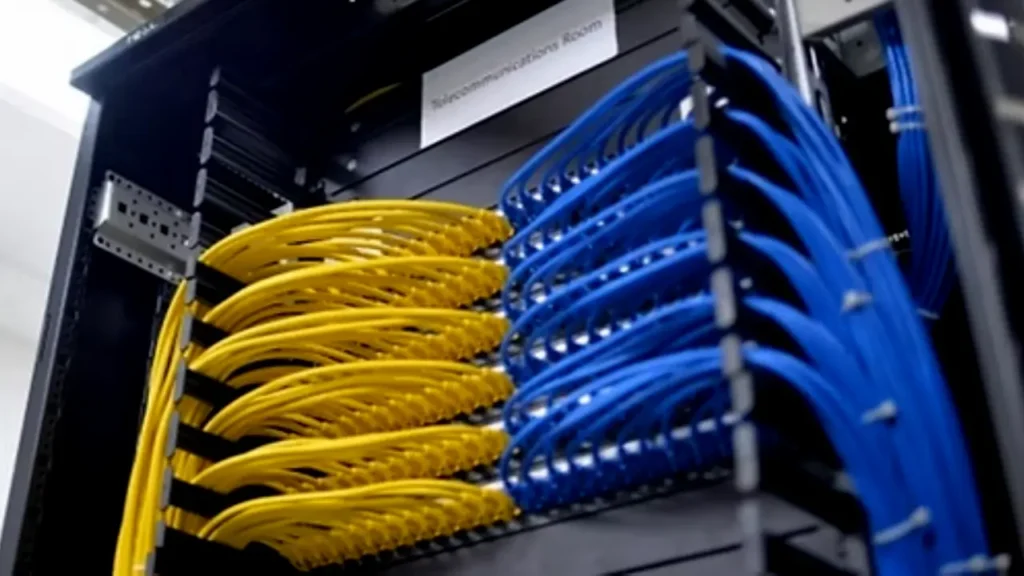
Implementing effective industrial cable management ideas is crucial for safety, efficiency, and longevity in harsh manufacturing and operational environments. These solutions are designed to protect cables from physical damage, chemical exposure, and extreme temperatures, ensuring continuous operation.
Use Industrial Cable Trays and Ladders
Industrial cable trays and ladders provide robust, open pathways for routing large volumes of power, control, and data cables in factories, warehouses, and outdoor settings. They are typically made from heavy-duty steel (galvanized, stainless) or aluminum, offering excellent support, ventilation, and protection against mechanical stress.
These systems allow for easy inspection, maintenance, and future expansion, making them ideal for dynamic industrial environments where cables may need frequent access or modifications. Their open design also prevents heat buildup within the bundles, contributing to cable longevity.
Implement Gland and Conduit Systems
For points where cables enter machinery, enclosures, or hazardous areas, industrial-grade cable glands and flexible/rigid conduits are essential. Glands provide secure, sealed entry points that offer ingress protection (IP ratings) against dust, water, and sometimes even explosion protection, while conduits encase individual or small groups of cables for heavy-duty physical protection.
This combination ensures that cables are shielded from environmental contaminants, abrasion, and crushing forces, maintaining the integrity of electrical connections and preventing failures in demanding industrial applications.
Employ Industrial Cable Reels and Chains
For machinery with moving parts, such as robotics, CNC machines, or gantry systems, industrial cable reels and energy chains (drag chains) are indispensable. Cable reels automatically retract and deploy cables, preventing tangles and snags for applications requiring varying cable lengths.
Energy chains provide a secure and flexible enclosure for cables and hoses, guiding them through complex movements while protecting them from wear, stress, and external damage. They are designed for continuous motion, ensuring power and signal integrity to moving components.
Utilize Heavy-Duty Cable Cleats and Clamps
In industrial environments, especially for large power cables or overhead runs, heavy-duty cable cleats and clamps are vital for securing cables against physical forces. They prevent cables from sagging, shifting, or being pulled out of position due to vibration, thermal expansion, or short-circuit forces.
These robust fasteners are often made from corrosion-resistant materials and are designed for extreme loads, ensuring the long-term stability and safety of critical power distribution systems in factories and outdoor installations.
Incorporate Industrial Grade Cable Protectors and Ramps
For areas where cables cross walkways, vehicle paths, or active work zones, industrial-grade cable protectors and ramps are crucial for safety and cable integrity. These durable covers are made from heavy-duty rubber or polyurethane and are designed to withstand significant weight and impact.
They prevent tripping hazards for personnel and protect cables from being crushed by forklifts, vehicles, or falling objects. This ensures both worker safety and the continuous, undamaged operation of essential industrial cabling.
Conclusion
In conclusion, implementing effective cable management ideas within your server racks and data centers is not just about tidiness; it’s a strategic imperative for operational excellence. Organized cabling significantly enhances airflow, minimizes interference, and drastically simplifies troubleshooting, all of which contribute to a more stable and high-performing network infrastructure.
Adopting these essential tips will lead to tangible benefits, including extended equipment lifespan, reduced energy consumption from improved cooling, and a safer working environment. Furthermore, a well-managed cabling system provides the flexibility and scalability needed to adapt to future technological advancements and growing data demands without costly disruptions.
For wholesale cable management solutions that embody these best practices, look no further than Linkwell Electrics. Based in Qingdao, Shandong, China, we offer a comprehensive range of high-quality products designed to optimize your server racks and data centers. Contact us today to learn how our solutions can empower your infrastructure.

